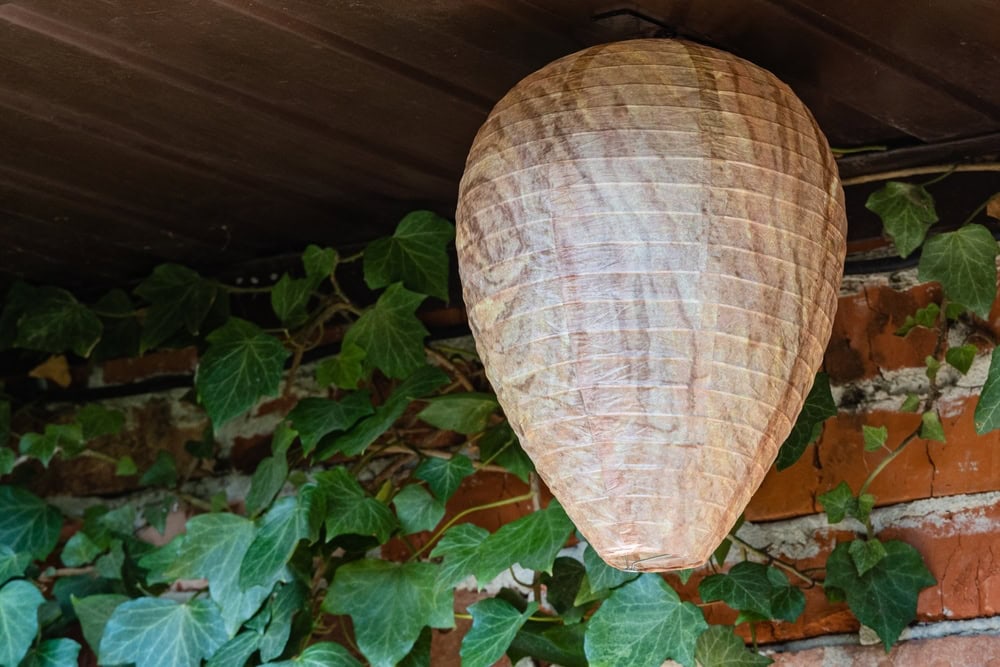Professional wasp nest removal that eliminates the threat so you can enjoy your property safely again.

Hear from Our Customers

You’ll walk outside without scanning for wasps first. Your kids can play in the yard without you holding your breath every time they run near that corner of the deck.
The barbecue happens without anyone jumping up from the table. Your morning coffee on the patio becomes peaceful again instead of a constant game of dodge-the-wasp.
That’s what happens when the nest is completely gone and the area is properly treated. No more tiptoeing around your own property or avoiding entire sections of your yard because of aggressive wasps defending their territory.
86 Pest and Wildlife Removal has been handling wasp problems throughout Stratford and the surrounding areas for years. We understand the specific wasp species common to New Jersey and how they behave in our climate.
Our technicians are licensed, insured, and equipped with professional-grade protective gear that keeps everyone safe during removal. We’ve seen every type of wasp situation you can imagine, from small paper wasp nests under eaves to large yellow jacket colonies in wall voids.
When you call us, you’re getting local expertise that knows exactly what we’re dealing with before we even arrive.

First, we inspect the entire property to locate all nests and identify the wasp species. This matters because different wasps require different approaches, and there are often multiple nests you haven’t noticed yet.
Next, we suit up in full protective gear and apply targeted treatments directly to the nest during optimal timing when wasps are least active. We remove the entire nest structure, not just spray and leave it hanging there.
Finally, we treat the area to prevent re-establishment and inspect potential nesting sites around your property. You get a clear explanation of what we found, what we did, and what to watch for going forward.

Ready to get started?
You get complete nest removal, not just a chemical treatment that leaves the nest structure intact. We physically remove the entire nest so wasps can’t return to rebuild in the same spot.
Our service includes identification of all wasp activity on your property, treatment of active nests, removal of nest structures, and application of residual treatments to prevent re-establishment. We also inspect and treat potential nesting sites like eaves, deck railings, and shed overhangs.
Emergency situations get same-day response because we understand that aggressive wasps near your front door or children’s play area can’t wait until next week. You also get follow-up support if you notice any wasp activity after our treatment.
